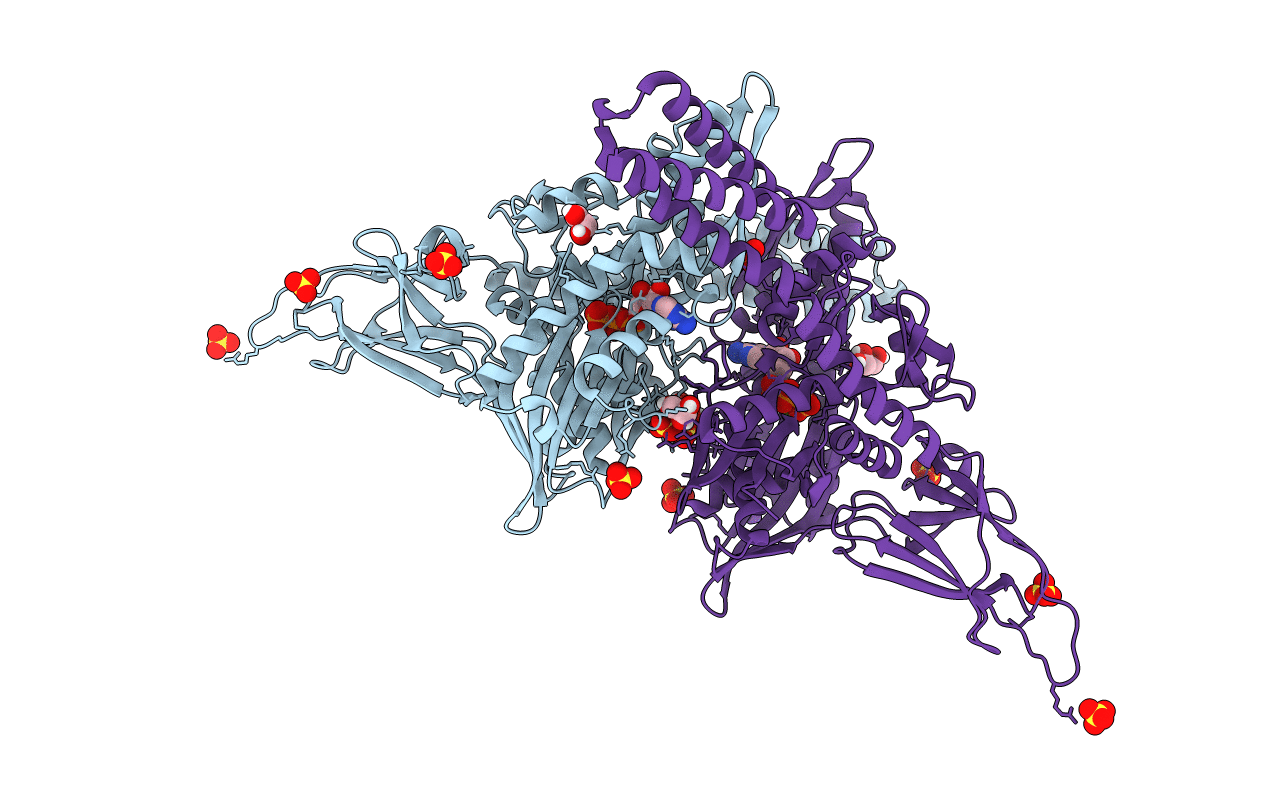
Deposition Date
2013-03-15
Release Date
2013-05-29
Last Version Date
2024-02-28
Entry Detail
PDB ID:
4JNE
Keywords:
Title:
Allosteric opening of the polypeptide-binding site when an Hsp70 binds ATP
Biological Source:
Source Organism:
Escherichia coli (Taxon ID: 83333)
Host Organism:
Method Details:
Experimental Method:
Resolution:
1.96 Å
R-Value Free:
0.20
R-Value Work:
0.17
R-Value Observed:
0.17
Space Group:
I 4 2 2


